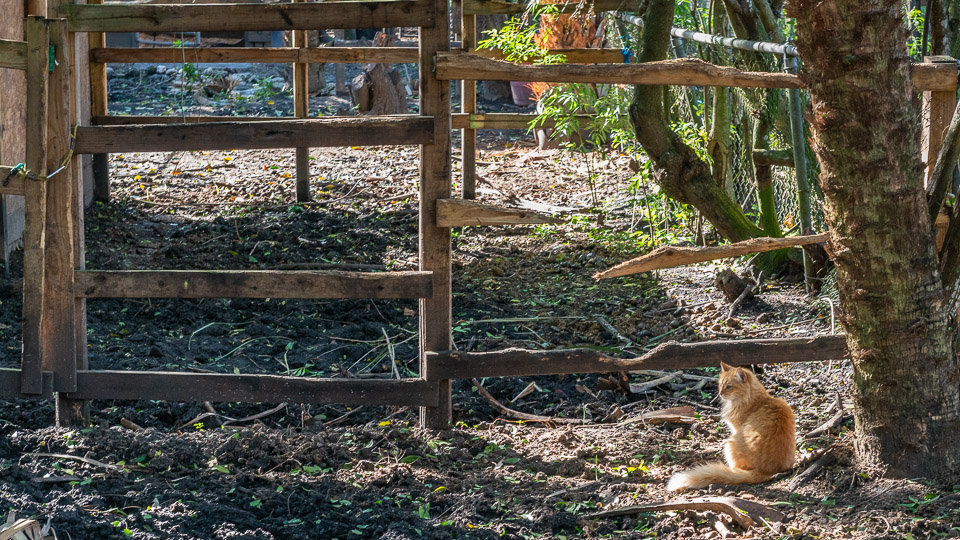
Horse Farm Fencing – Safety
Horses don’t normally live behind fences. They are inherently dangerous for the horse although being born and raised behind one, the young horse learns quickly to respect them. Yet injury from fencing occurs every day.
There are many styles of fencing and usually the cost of the fence is proportional to the safety it brings to the farm. But that’s not always the case. Fencing that is not maintained often becomes the reason for injury.
**CONTINUED IN ARTICLE TAB**
Related material – Sometimes I have a lot of material here that I have written, podcasted, video blogs and other things. They will be listed in this tab.
Use the browser back button or menu to return to the index of topics.
⬇︎ CLICK ANY IMAGE BELOW TO REVEAL MORE INFORMATION ⬇︎
Horses don’t normally live behind fences. They are inherently dangerous for the horse although being born and raised behind one, the young horse learns quickly to respect them. Yet injury from fencing occurs every day.
There are many styles of fencing and usually the cost of the fence is proportional to the safety it brings to the farm. But that’s not always the case. Fencing that is not maintained often becomes the reason for injury.
Where there are more than two paddocks used at the same time that are next to each other a buffer is beneficial. Having only one fence line shared between two aggressive horses leads to damage to the fence and to the horses. I will never forget the mare kicking at her neighbor that was too close to her foal. Separated only by a shared fence, the mare did not pay attention and killed her own foal with a kick to its head. Having a 10 to 12 foot (3 to 3.5m) buffer will avoid this.
Steel posts with exposed metal tops have skewered horses who are rearing at another horse across a shared fence line. There are rounded plastic toppers made to prevent this.
Wire is afraid of the thick hide of cattle but wire is easy cutting against the thin skin of horses. Barbed wire is the worst with the knife edges but is no safer than smooth wire. I have seen a horse lift his front leg over smooth wire and get it stuck behind the pastern above the bulbs of the heel. He then sawed the wire through the joints of the pastern.
Another rule of fencing is to make it visible. Thin wires are often made visible with ties of fabric along the fence fluttering in the breeze. However these devices are hard to see at night and are often not seen with a horse running from something he is scared from (running blind).
There are stories of injuries for every style of fence but the safest seems to be the woven wire (diamond mesh) and the high tension wire encased in vinyl or plastic. Both prevent penetration but rather bounces the horse off. It is worth the added expense to do the best you can when building a fence and then maintaining it. Double fencing gapping two adjacent paddocks also doubles the cost but it can also save a vet expense or your horse’s life.
Any videos related to this topic will be added here. Stay tuned or comment a request.
- Additional tables
- Links to other in house articles
- Links to outside articles
- Reference material used in developing this topic.
There are no related articles here if you don’t see linked items.


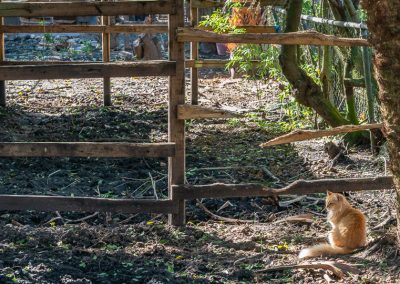
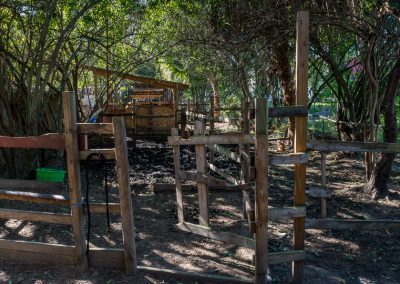
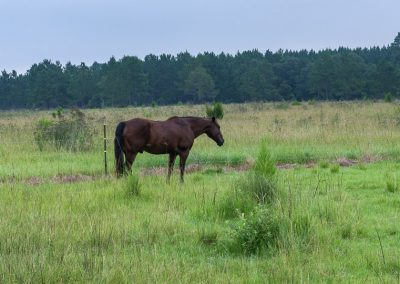
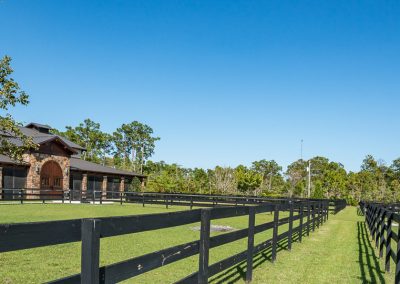


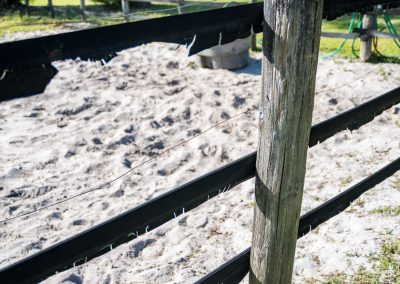

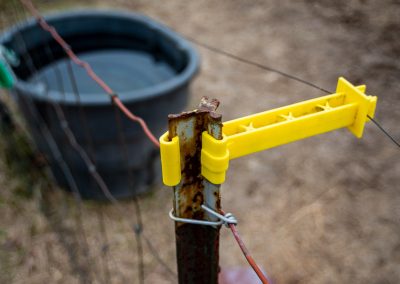
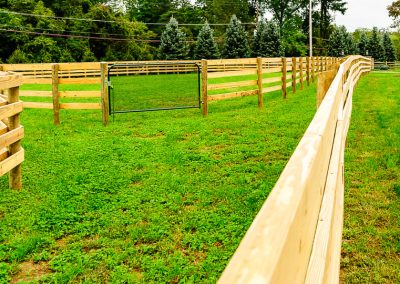
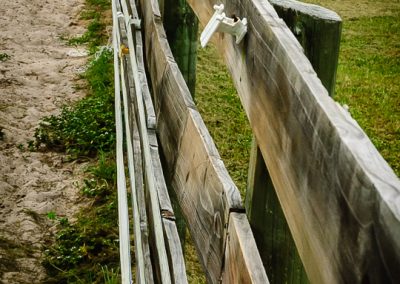

Responses